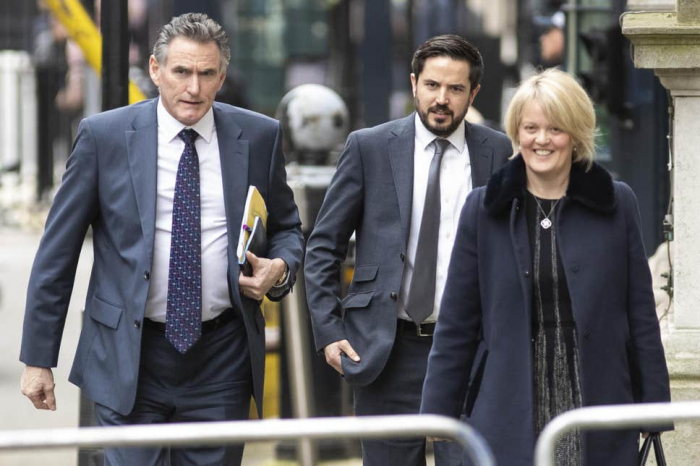The state-backed bank is expected to name Ms Rose as chief executive in coming weeks and regulators are believed to be considering the bank’s application to appoint her, according to Sky News.
Ms Rose is set to succeed New Zealand banker Ross McEwan who has been the CEO of RBS since 2013.
Ms Rose, who runs RBS’s commercial arm, is deemed to be the preferred candidate to succeed Mr McEwan but chairman Howard Davies said in April the bank would also consider external candidates.
RBS looks set to be the first of the leading quartet of British lenders – a group which also includes Barclays, HSBC and Lloyds Banking Group – to be headed up by a woman.
RBS, which is 62 per cent owned by the taxpayer after its £45.5bn bailout during the 2008 financial crisis, also has a woman finance chief, Katie Murray, who was appointed late last year.
None of the British banking giant’s main rivals has ever had a woman in any of the top three boardroom posts.
The most senior woman in British banking at present is Baroness Vadera who chairs Santander UK – the fifth-biggest high street lender.
Ms Rose was promoted to the role of deputy chief executive at NatWest Holdings last year – the “ring-fenced” part of RBS which does not include the riskier investment banking business. The banker also serves as the chief executive of commercial and private banking across the group.
Ms Rose, who started her career as a graduate trainee with National Westminster Bank in 1992, has worked at RBS for more than 25 years.
Ms Rose recently led the Rose review – a Treasury-commissioned inquiry into the obstacles women entrepreneurs face.
She has made it one of her career goals to champion gender equality and to set ambitious targets to make sure women are well represented within her organisation.
“I used to end up working in teams that were all male or most of the client meetings were all male, but it wasn’t something that I was particularly conscious of at the time,” she told Holyrood in a recent interview. “It was really only as I got to more senior levels that there was almost the moment where you look around and say, ‘Gosh, where have all the women gone?’”
The Independent
More about: women















































